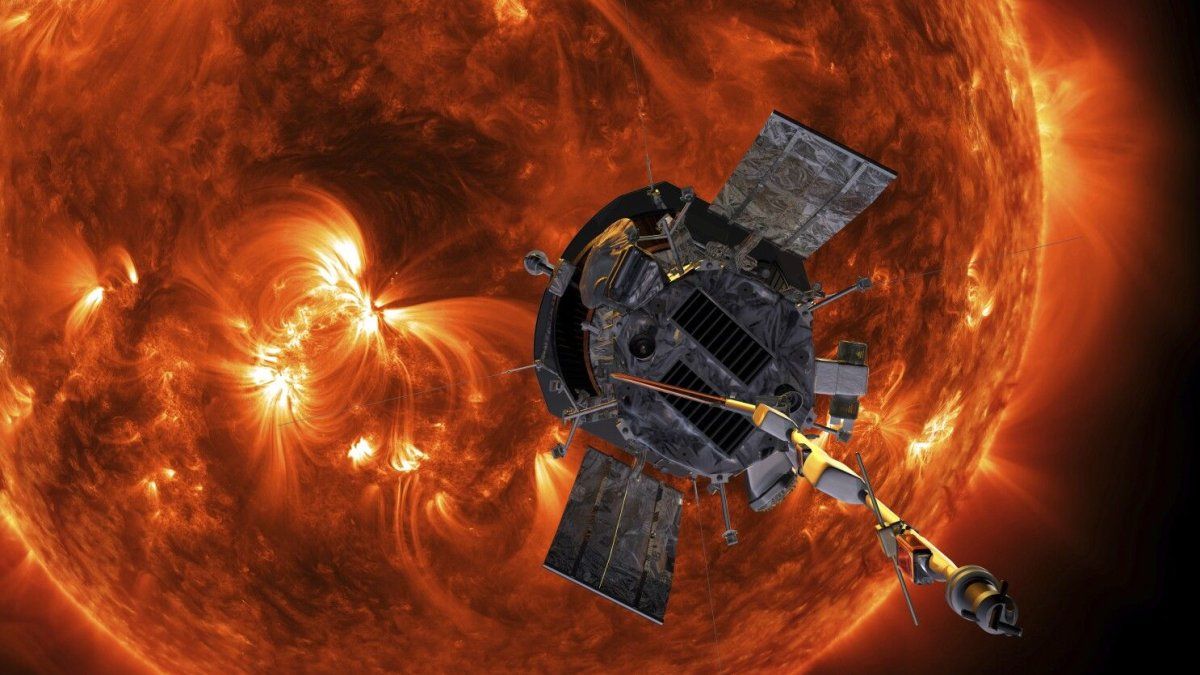The National Aeronautics and Space Administration, POT (for its acronym in English) achieved a new milestone in aerospace history this Tuesday: The Parker solar probe managed to fly closer to the Sun than any other spacecraft.
According to the international organization in a statement, the probe approached with its thermal shield exposed to scorching temperatures of over 930 degrees Celsius.
Launched in August 2018, the Parker spacecraft embarked on a seven-year mission to collect scientific data from Earth’s main star and help forecast space weather events that could affect life on our planet.
Tuesday’s historic flyby should have been recorded at exactly 11:53 GMT (8:53 Tuesday in Argentina), although the scientists in charge of the mission They will have to wait until Friday for an exact confirmationbecause contact with the ship is lost for several days due to its proximity to the Sun.
“This is an example of NASA’s bold missions, doing something no one else has done before to answer long-standing questions about our universe,” Parker Solar Probe program scientist Arik Posner said in a statement Monday. “We are looking forward to receiving that first spacecraft status update and beginning to receive the science data in the coming weeks,” he added.
The importance of NASA’s Parker probe
Defying extreme conditions, Parker has been helping scientists address some of the biggest problems. mysteries of the sun: how the solar wind originates, why the corona is hotter than the surface below, and how coronal mass ejections (massive clouds of plasma ejected into space) form.
Parker’s heat shield is so effective that the probe’s internal instruments remain at an ambient temperature of around 29°C as it progresses in its exploration of the outer atmosphere of the Suncalled crown.
On this mission, Parker will also move at a breakneck pace of around 690,000 kilometers per hour, fast enough to fly from the US capital, Washington, to Japan’s Tokyo in less than a minute.
“No man-made object has ever passed so close to a starso Parker will really send data from unknown territory,” highlighted Nick Pinkine, mission operations manager at the Johns Hopkins Applied Physics Laboratory (APL) in the city of Laurel, Maryland.
Source: Ambito




